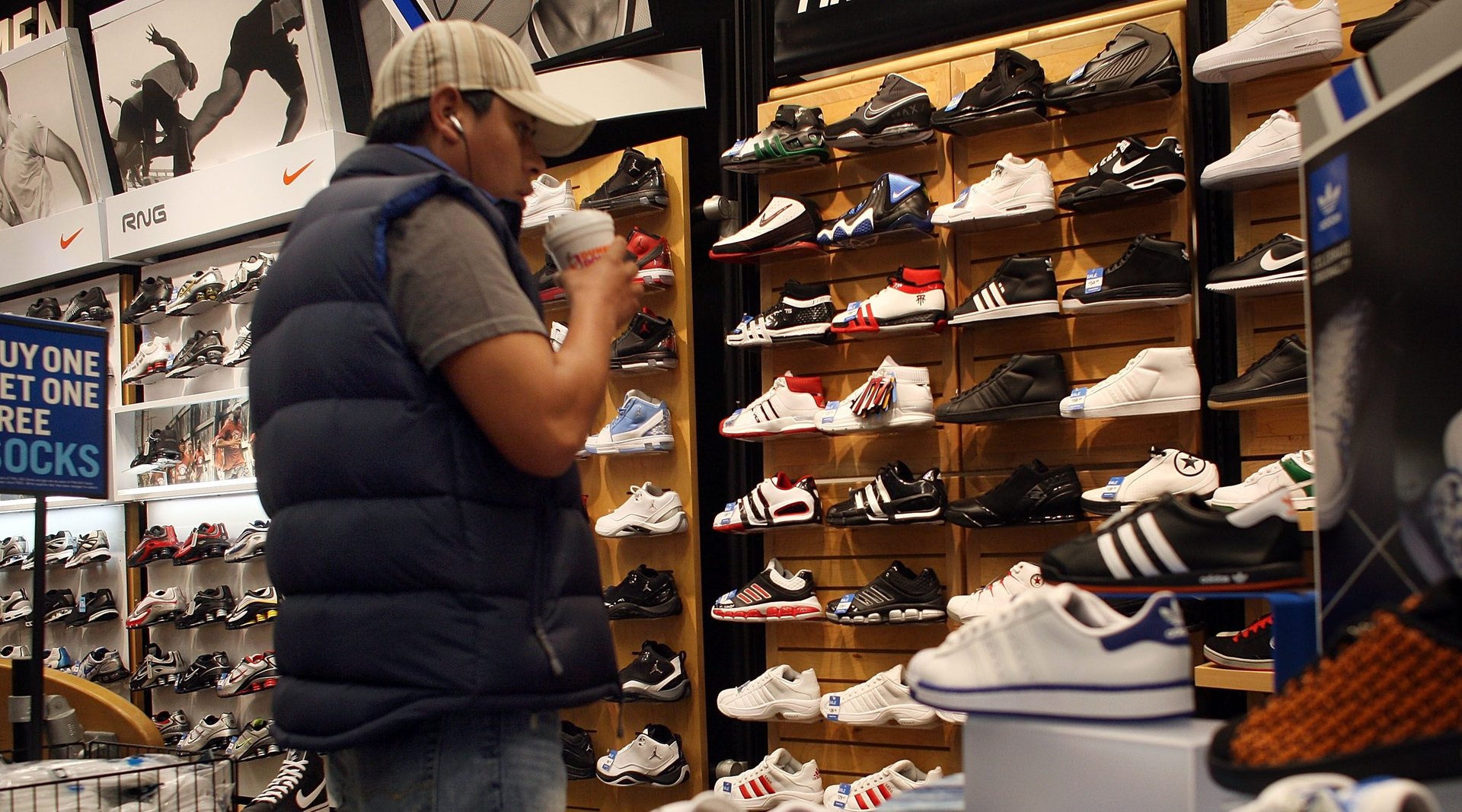Anxiety among Hispanics in the Trump era is taking a bite out of US retail sales
It’s not just their numbers that make Hispanics a hugely important consumer group in the US. In addition to making up roughly 18% of the US population, or about 57 million people—and counting—Hispanics also spend more money on a daily basis than other groups, and their buying power is growing faster than the rest of the US.


It’s not just their numbers that make Hispanics a hugely important consumer group in the US. In addition to making up roughly 18% of the US population, or about 57 million people—and counting—Hispanics also spend more money on a daily basis than other groups, and their buying power is growing faster than the rest of the US.
Shifts in the group’s spending habits can have a large ripple effect on retailers, and right now, signs are pointing to a spending slowdown following the election of president Donald Trump, who has caused a wave of uncertainty and anxiety among Latino undocumented workers, legal residents, and US citizens alike after blaming a host of national ills on Mexican immigrants during his 2016 campaign.
While it’s hard to pinpoint large-scale changes in Hispanic consumer spending as they occur, experts point to a few specific indicators that that spending has abruptly slowed. One sector where the trend is making itself clear is the giant US sneaker market: Research firm NPD Group says Latino customers accounted for about 23% of US sales in 2016. But since the start of 2017, NPD’s consumer-tracking service has registered a high-teens percentage decline in sales of sneakers to Hispanic consumers. Last year, by comparison, those sales increased by a percentage the mid-teens, accounting for nearly all the growth in the market. (NPD didn’t give exact numbers because they sell that data.) No other cohort has shown a similar drop.
“The change in shopping behavior has been significant in the disappointing results so far this year,” wrote Matt Powell, NPD’s sports industry analyst, in a recent post published on the firm’s website. “The channel hardest hit by this change in behavior has been shoe chains, followed by sporting goods and national chains; however, no channel was immune to the slowdown.”
According to Powell, NPD has seen a similar trend in other sectors, though the firm did not provide additional information.
At a tech conference on July 18, Brian Cornell, CEO of Target, which has a sizable Hispanic audience, said sales among Hispanic consumers were down in recent months. Particularly in border towns, shoppers appeared to be remaining at home.
His comments echoed those recently made by Robert Kaplan, president and CEO of the federal reserve bank in Dallas, Texas. At a meeting of the Council on Foreign Relations, he said that he thinks millions of immigrants are staying home and not shopping out of fear, according to USA Today. “On the margin—and it’s too soon for the data to pick it up but you hear it anecdotally—I believe we are going to see it, I believe those people are more likely to save than to spend,” he explained. “And those two effects have some muting effect on consumer spending and therefore GDP growth.”
The Financial Times arrived at a similar conclusion (paywall) after contacting Hispanic chambers of commerce from New York to California. The business leaders they spoke with said many Hispanic consumers are saving money in case something happens to them or their loved ones in any crackdown on immigrants.
The effects are having a pronounced impact on some US businesses. Beyond the drop in sneakers, the Financial Times found that ”double-digit revenue declines are becoming common at ‘mom and pop’ retailers, bars, restaurants, nightclubs and a variety of service providers in immigrant neighborhoods.”
Some US retailers are already in the midst of serious struggles as they reduce their store numbers to adjust to ecommerce and deal with shoppers opting to spend money on experiences instead of stuff. To now see their valuable Hispanic consumers putting the brakes on spending certainly won’t help, and while it’s a bit early to define the true extent of a slowdown, it’s undoubtedly something retailers will be watching with their own sense of anxiety.
This story has been updated to include the July 18 comments by Target CEO Brian Cornell.